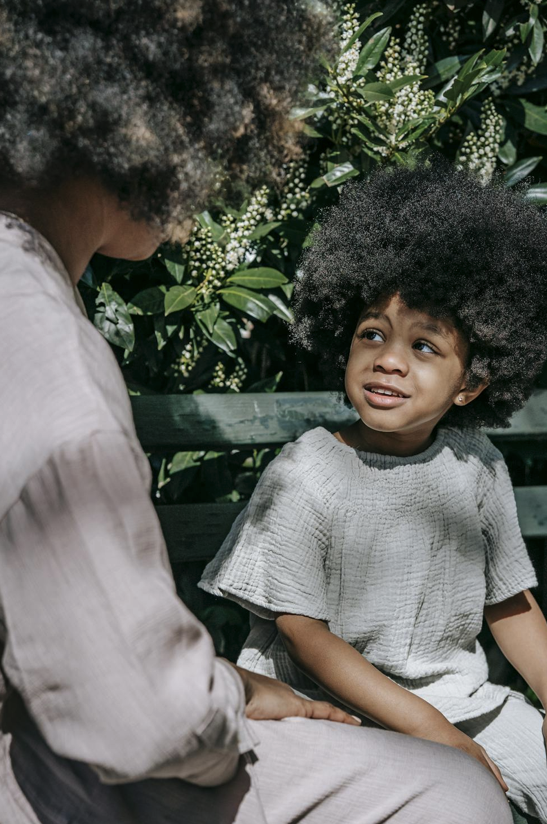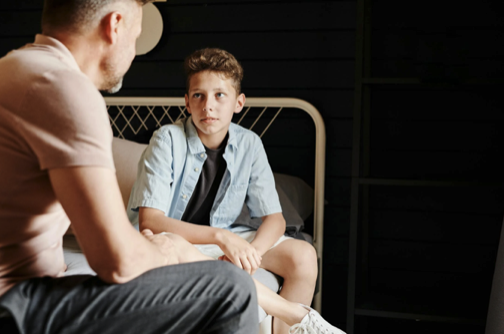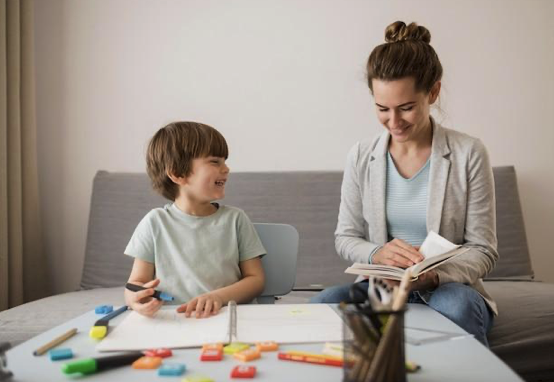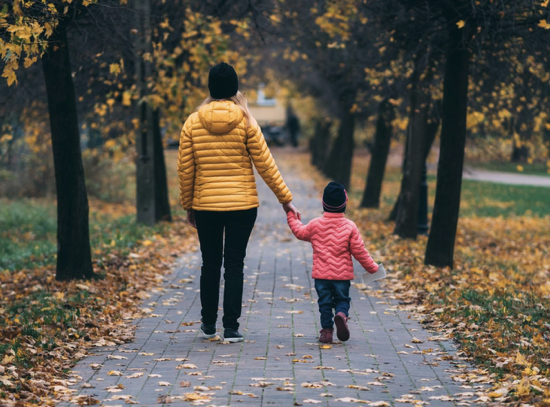SHERWOOD
Cognitive Behavioral Therapy
Assessment
Our Approaches
Autism Therapy
University and College Students
Therapy for Men
Teen Therapy
Child Therapy
Who we can help
Relationships Therapy
ADHD Therapy
OCD Therapy
Depression Therapy
Anxiety Therapy
What we can help with
383 Parkdale Ave #402, Ottawa, ON K1Y 4R4
343-451-7293
Schedule a complimentary video call today
How to Talk to Your Child About Starting Therapy
7/18/25
Author: Hannah Clark, Sherwood Psychology
Not sure how to start the conversation? This guide offers age-appropriate tips to ease worries and highlight the strengths and resilience therapy helps build.
Starting therapy is a meaningful step—not just for your child, but for you as a parent. You want to support them in every way possible, even if you’re not sure where to begin. The good news? You don’t have to be perfect. A little preparation, honesty, and empathy can help your child feel safe, understood, and open to the process.
Signs Your Child Might Benefit from Therapy:
- They’re feeling overwhelmed by big emotions or withdrawing from activities they used to enjoy.
- Daily tasks and routines feel harder than usual.
- School or homework is becoming a source of stress.
- They’re finding it challenging to connect with peers.
Therapy benefits children by:
- Helping children express themselves openly and confidently.
- Encouraging healthy exploration of feelings through play and conversation.
- Building lifelong coping skills and emotional resilience.
- Empowering parents with tools to support their child’s growth.
Why It’s Important to Talk About Therapy
By talking openly and positively about therapy, you help them feel prepared and supported. When kids know what to expect, therapy becomes a shared journey toward feeling stronger and more confident, rather than something unknown or worrying.
Having an open, honest conversation ahead of time helps:
- Strengthen trust between you and your child.
- Reduce anxiety about what’s ahead.
- Normalize mental health care as something proactive and healthy.

Preparing for the Conversation
It’s completely natural to feel unsure about starting this conversation—but a little preparation can help you feel grounded and ready. Feeling informed makes it easier to answer your child’s questions and keep the discussion supportive and hopeful.
You may even discover your child is more open than you expect! Many kids and teens today see therapy as a positive opportunity to grow and learn new strategies for handling life’s challenges.
How to prepare yourself for the conversation:
- Reflect on your own feelings about therapy and how you’d like to frame it positively.
- Be ready to answer questions honestly, using age-appropriate language.
- Learn what therapy might look like for your child: who they’ll see, what the first session involves, etc.
- Visit our Our Team Page or book a consultation to learn more about our therapists.
- Explore the Child Therapy Page to get familiar with our approach.
When is the right time to talk?
- Choose a calm, unhurried moment when your child is relaxed and open to conversation.
- Avoid times when they’re tired, distracted, or upset.
- Ideally, talk about it a few days before the first session so your child has time to ask questions and feel prepared.
How to Start the Conversation
Use age-appropriate, compassionate language. You know your child best, so think about what words would feel safe and clear for them.
What words should you use?
- Normalize therapy: “Lots of kids and adults talk to therapists to feel better and grow stronger.”
- Share examples (when appropriate) of others who’ve found therapy helpful.
- Avoid: “You need therapy because you’re acting out.”
- Instead: “Everyone needs help sometimes, and therapy is a way to build new tools.”
Simple analogies for discussing therapy:
- Younger kids: “A feelings coach.”
- Tweens: “A coach for your heart and brain.”
- Teens: “A space to sort through what’s on your mind and build confidence in handling it.”
Phrases to use when introducing therapy to young kids (4–8):
- “We found someone who helps kids when they feel sad, worried, or even when they just want to feel braver and more confident. You’ll get to play and talk—it’s like having your very own helper! Everyone needs help sometimes, and that’s okay.”
- “Sometimes we visit special helpers called therapists who can help us feel better when we’re sad or worried, and teach us ways to handle big feelings. Talking to them can help us feel stronger inside.”
Phrases to use when introducing therapy to tweens (9–12):
- “Just like we go to the doctor when our body hurts, therapy helps when our thoughts or feelings are hurting.”
- “We’re going to meet someone who helps kids with their feelings. They are kind of like a coach for your heart and brain.”
- “Therapy is a place where you can play, talk, and learn new ways to handle tricky feelings—kind of like building your own superhero skills!”
Phrases to use when introducing therapy to teens (13+):
- “Therapy is a space just for you—a place to talk, reflect, and build skills to handle life’s challenges with more confidence.”
- “We’ve noticed things have felt tough lately, and therapy can be a way to get extra support, learn new strategies, and build on your strengths. Lots of people, including adults, find it really helpful.”
- “Therapy isn’t about ‘fixing’ anything—it’s about helping you feel stronger, more resilient, and more equipped to handle whatever comes your way.”

Helping Kids Prepare for Their First Therapy Session
Explain what the first visit might look like, highlight choice and agency, and reassure them therapy is about support—not fixing.
Examples:
- “You might talk, draw, or play games to help share your feelings.”
- “The therapist might ask questions so they can understand what’s been hard for you and what helps.”
- “It’s okay to share what you feel comfortable sharing.”
What you should know about our child therapy approach:
Check out our Child Therapy Page to learn more about our approach

How to Address Common Questions
Remind your child:
- They’re not in trouble.
- You’ll be there to support them.
- It’s normal to feel unsure at first.
- Therapy is about helping them feel stronger, calmer, and more confident.
Common fears & supportive responses:
- “Am I in trouble?” → “Not at all! Therapy is about helping you feel better and learn new skills, just like sports or music lessons help you get better at something.”
- “Do I have to talk?” → “You can share at your own pace. The therapist’s job is to help, not to force you to say anything.”
What To Do After the Conversation
- Give them space to process.
- Check in afterward: “How did that feel for you?”
- Normalize that it might feel new or awkward at first—and that’s okay.
- Reinforce: therapy is a journey and it takes time to feel comfortable.

Final Thoughts
Therapy can be a powerful tool for growth, resilience, and self-understanding. By approaching the conversation with empathy, openness, and hope, you’re helping your child feel empowered and supported from the very start. And remember—you don’t have to do this alone. If you’d like guidance, we’re here to help.
Let’s Start This Journey Together
If you’d like to learn more, talk things through, or get help preparing your child:
Book a free consultation or reach out anytime. We’re here to help your family feel supported and empowered.
Jessica Kurta Psychology Professional Corporation operating as Sherwood Psychology.
CONTACT
sherwood
Schedule your appointment and start feeling better today
Join Our Mailing List
Privacy Policy | Website By Morning Light Design
© 2025 Copyright Sherwood Psychology